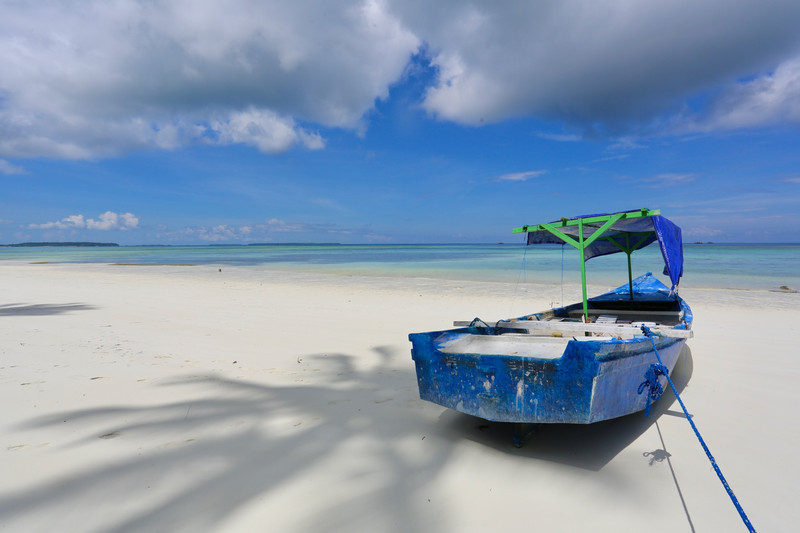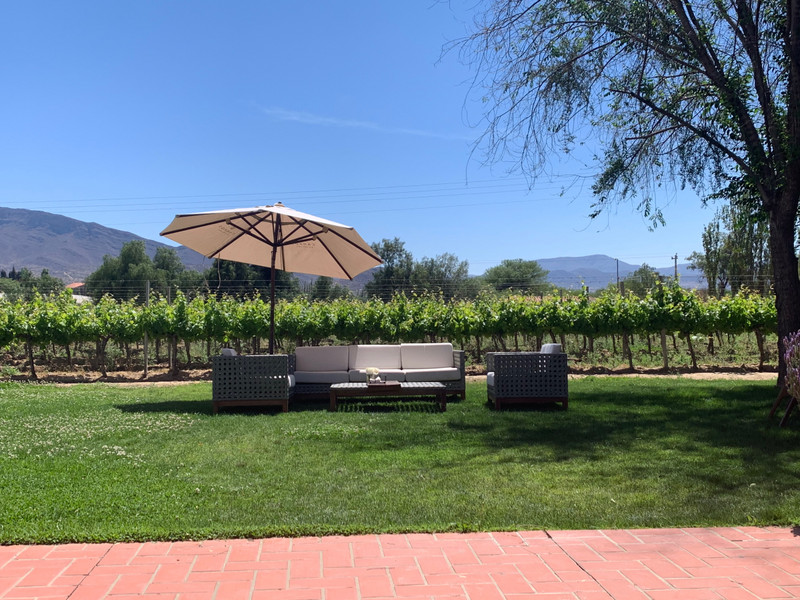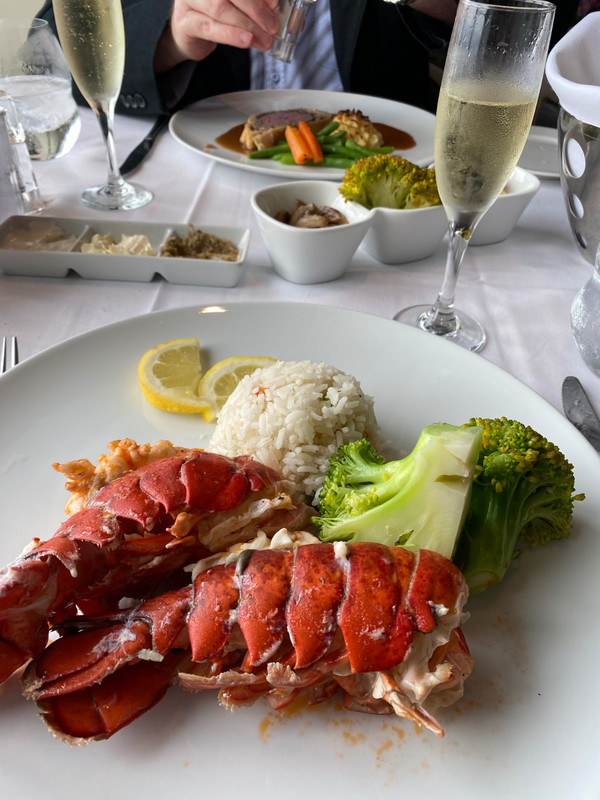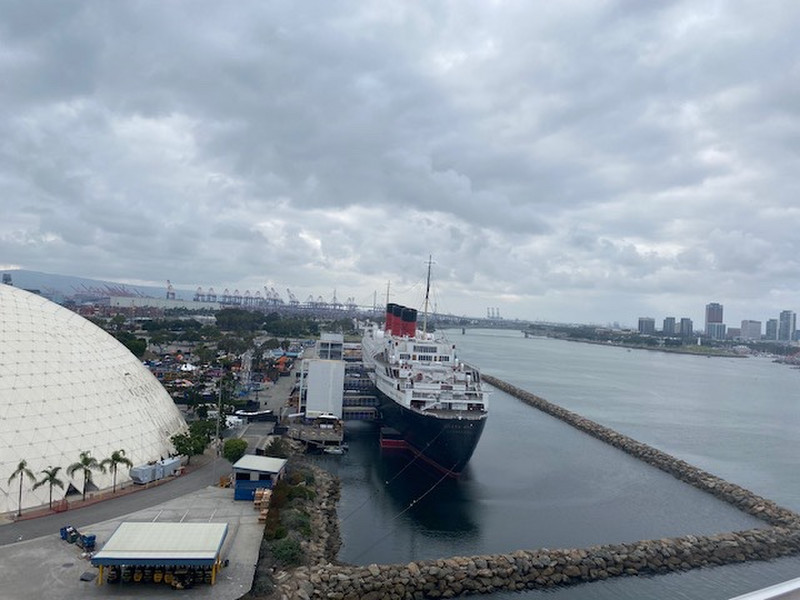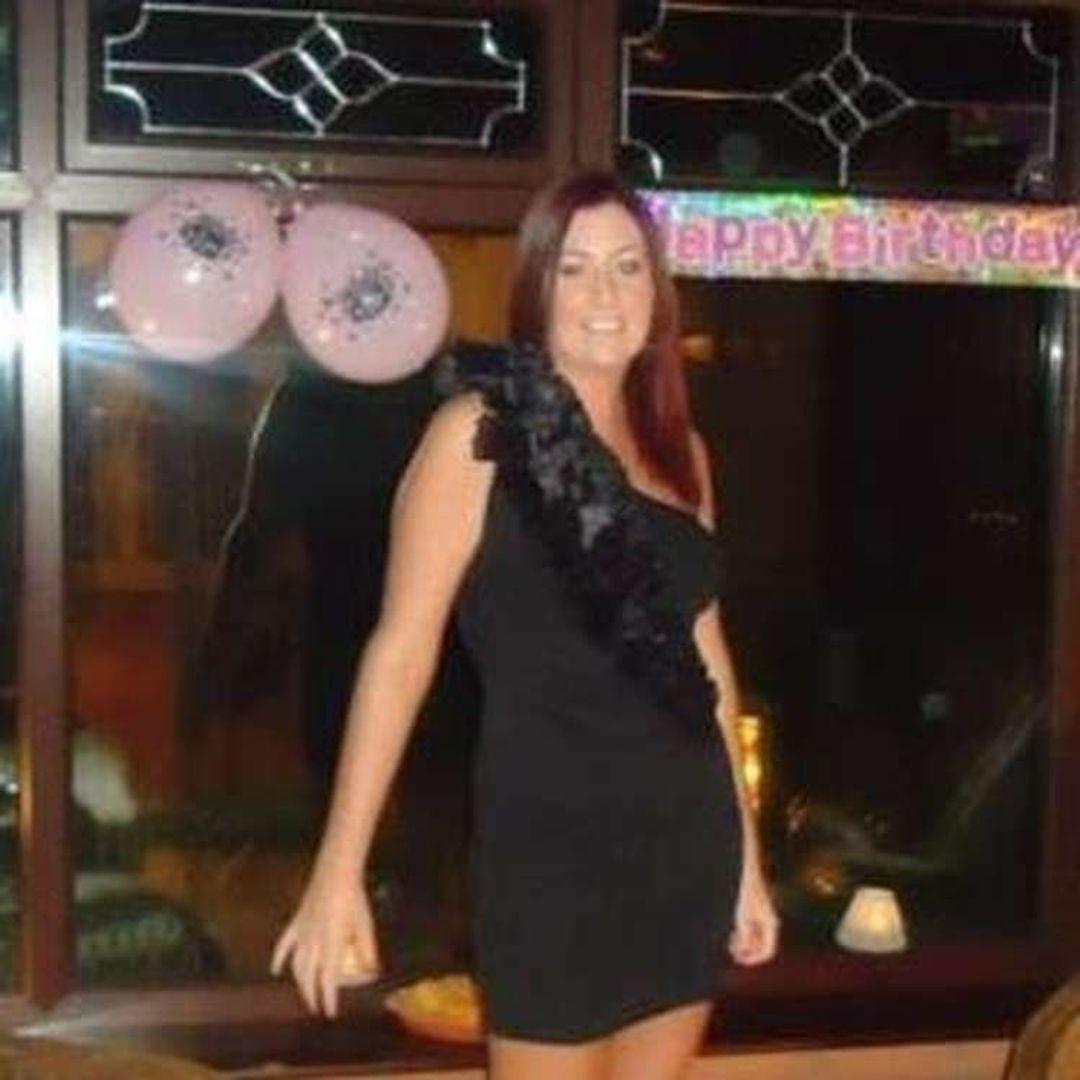I was always drawn to white sand beach, and when the idea of going to Kei, South East of Moluccas islands, was presented, it was hard to resist. The Moluccas islands are also known as the Spice Islands, which attracted to Portuguese to the islands in the 16thcentury for nutmeg and clove trading. Flying from Jakarta to Tual took half day as I had to transit in Makassar for two hours. After being aboard on a propeller plane for two hours, I finally arrived at Langgur Airport, where my guide was waiting. The airport is located at the Northern part of Kei Kecil, and it took about 15 minutes to reach the capital city of Kei, Tual, located in Dullah island. The two islands, separated by Rosenberg strait, are connected by Watdek bridge.
After checking in at Grand Vilia in the afternoon, I was ready to visit Bair island. It took about an hour by boat to reach this island. Surrounded by mangrove forest and karst walls, I felt like I was in Raja Ampat. The water was crystal clear turquoise blue, so inviting to have a swim. The locals used to believe the place was sacred, and
no one dared to go into the water until visitors started and visit the place recently. It was unfortunate I didnt much time to relax and to have a swim as I had to leave for a nearby island for sunset viewing. It was a heart wrenching to see so many plastic trash on the beach; thankfully, in exchange of a small sum of money, a local fisherman agreed to pick up the trash.
The next day, I was ready to attend Meti Kei festival, held every year in October. It was a festival, famous for its traditional fish event. The festival was held at Pasir Panjang (long, sand) Beach where the people from nearby villages gathered and were ready to catch fish. As I arrived, the place was packed; women were not allowed to enter the beach. It was strictly for men. From afar, I watched the opening ceremony, consisting of traditional dance performance and prayers by a local priest. Groups of men, equipped with traditional spear and rope tied to coconut leaves, went off to the sea, and whichever boat managed to catch most fish would win.
men catching fish in the sea, I took a motorbike taxi to check out Sarnadan Beach, only to be greeted by bunch of school kids on a truck heading towards the festival. Thirsty, I stopped by at a nearby hut to order coconut drink. The man asked me to wait, climbed the coconut tree and served it fresh from the tree! Back at the festival a few hours later, the men arrived from sea with freshly caught fish, which were laid on the sand. After the and jury observed and announced the winner, those freshly caught fish were brought to the makeshift kitchen to be grilled in coconut leaves. Everyone at the location got his share of the delicious grilled fish, including I. Happy tummy, I left the festival and visited another long, white sand beach, Ohoidertutu, at Pulau Kecil; believe me, all the names of the beach were so difficult to remember; not only the sight of lush green coconut trees along the turquoise water but the names of the beach also made me felt I was in Vanuatu (nope, I have not been to Vanuatu but would love to go there).
boat race held at Tual as series of events during Meti Kei Festival. There were at least 10 boats, each carrying 30 rowers from nearby villages. The boats started from Ngadi village with finish lines at the bridge in Tual. It looked like the entire population of the island flocked to the surrounding area of the bridge to have a good view of the race. I could see that the participants took it seriously. For sunset viewing, I headed towards Masbait Hill where an old church was located, a perfect spot to have North East of the island. Often visited for pilgrimage, the place looked deserted as there were no other soul was around when I was there. Unfortunately, the sky was covered by cloud that I didnt have a good view of sunset.
